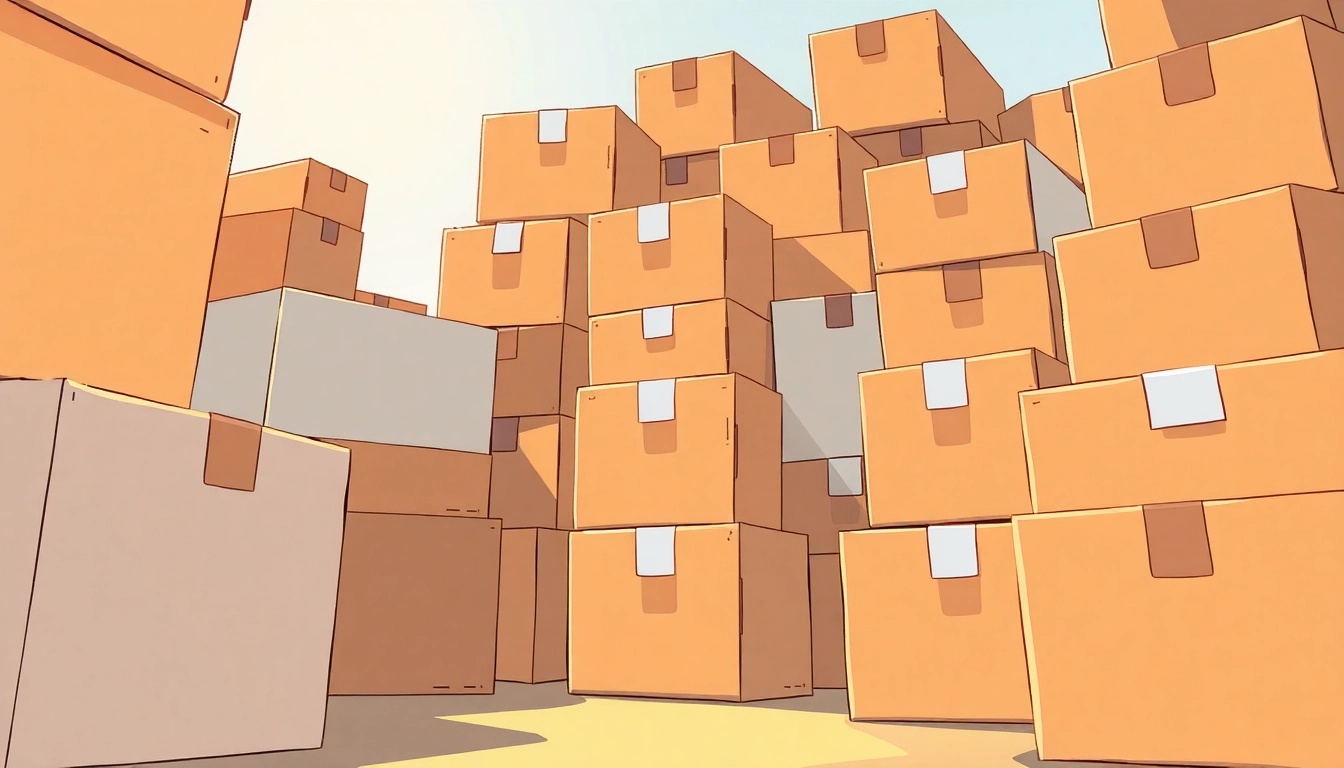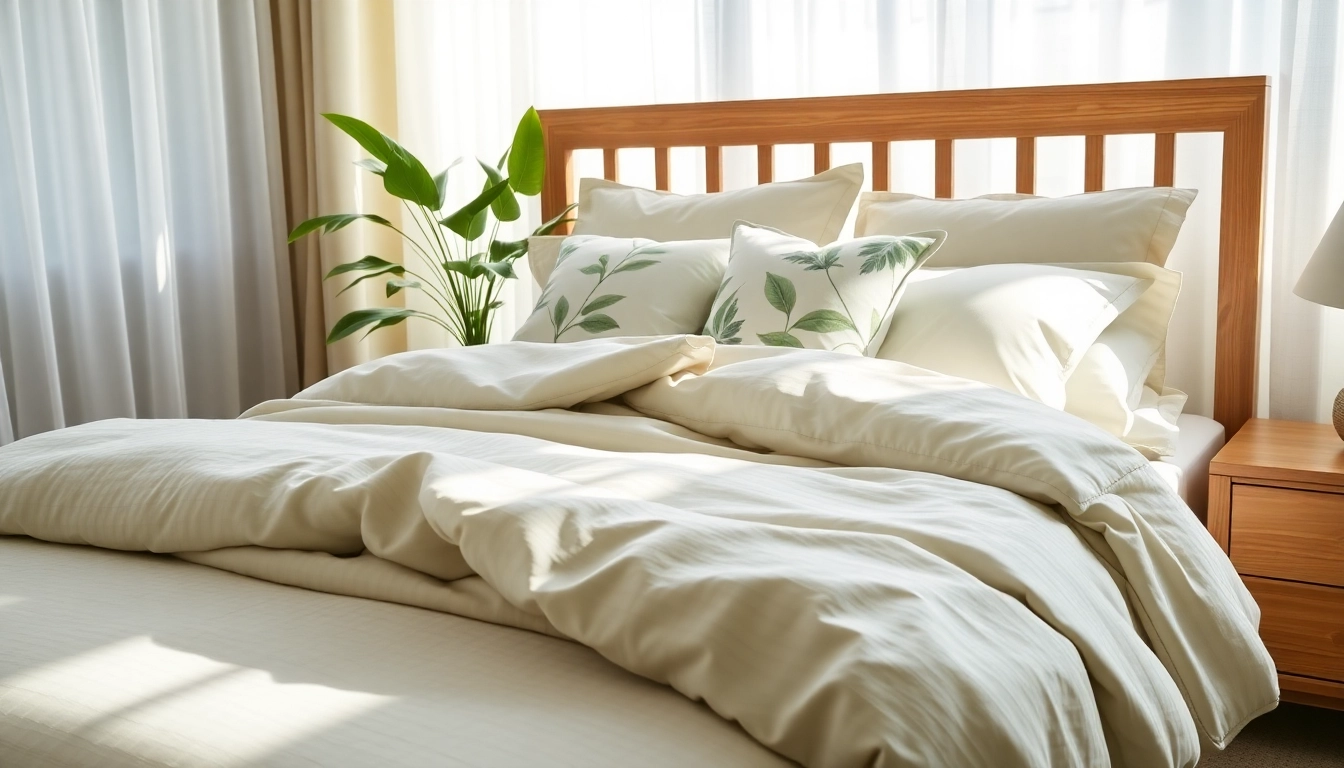Understanding Different Types of Moving Boxes
When embarking on a move, the choice of moving boxes is crucial. There are numerous types available, each designed to cater to specific needs and items. Understanding these various types of boxes can help streamline your packing process and ensure that your belongings are well-protected during transit.
Cardboard vs. Plastic Moving Boxes
Two of the most common materials used in moving boxes are cardboard and plastic. Each has its own advantages and disadvantages.
Cardboard Boxes: These are the traditional choice for moving due to their lightweight and cost-effective nature. They are also biodegradable, making them an environmentally friendly option. However, cardboard boxes can be less durable when exposed to moisture and may collapse if overloaded.
Plastic Boxes: Plastic moving boxes offer superior durability and are often water-resistant, making them an excellent choice for transporting fragile items or for long-distance moves. They are also reusable, which can make them a more sustainable option over time. The downside, however, is their higher cost compared to cardboard boxes, and they may be harder to find in individual sizes.
Specialty Boxes for Unique Items
In addition to standard boxes, there are specialty boxes designed to accommodate particular items:
- Wardrobe Boxes: Ideal for transporting clothing on hangers, these boxes come with a built-in rod for hanging garments.
- Dish Packs: Perfect for fragile kitchen items, these boxes are usually double-walled and provide extra cushioning.
- Television Boxes: Designed to fit specific TV sizes, these boxes ensure your electronics are safe during the move.
- Picture and Mirror Boxes: These boxes are designed to protect flat, fragile items like pictures and mirrors.
Choosing the Right Size for Your Needs
When selecting moving boxes, size is a critical consideration. A good rule of thumb is to choose a variety of sizes to accommodate different items: large boxes for lightweight bulk items (like bedding or clothing), medium boxes for books or kitchenware, and small boxes for heavy or fragile items (like dishes). The right mix will help optimize space in the moving truck and make lifting easier.
Where to Buy Moving Boxes: Options and Considerations
Once you understand the types of boxes available, the next logical step is to identify where to purchase them. There are various options, each with its own set of pros and cons.
Top Retailers for Moving Boxes
Many well-known retailers offer moving boxes, each providing unique advantages:
- Home Depot: A go-to source for moving materials, Home Depot offers a wide selection of boxes at competitive prices, including special kits for different room sizes.
- U-Haul: Beyond rentals, U-Haul specializes in moving supplies, including a variety of boxes tailored for specific needs.
- Walmart: Known for its affordability, Walmart carries an extensive range of moving supplies, often at lower prices than specialty retailers.
- The UPS Store: Offers both boxes and shipping supplies, especially useful if you need to send items quickly and safely.
Online vs. Local Options
While local stores can offer immediate availability and no shipping fees, online retailers often provide a broader selection and the convenience of home delivery. Websites like Amazon and Uboxes.com allow for easy comparison of different box types and prices.
Cost-Effective Solutions for Moving Supplies
For those on a tight budget, there are several cost-effective solutions for acquiring moving supplies:
- Used Boxes: Websites like Used Cardboard Boxes offer used boxes in good condition for a fraction of the price of new ones.
- Facebook Marketplace: A community-driven platform where you can often find boxes being given away or sold at low prices by others who recently moved.
- Retail Stores: Don’t hesitate to ask local grocery or liquor stores; they often have spare boxes they’re willing to give away for free.
How Many Moving Boxes Do You Need?
Estimating the number of moving boxes you need can be daunting, but understanding your requirements can simplify the process significantly.
Estimating Based on Room Size
A general rule is to allocate around 10-15 boxes per room, but this can vary based on the amount of furniture and personal belongings. For example, a standard two-bedroom apartment might require anywhere from 30 to 50 boxes, while a family house may need 75-100 boxes or more.
Types of Items to Consider
Consider the types of items you’re packing. Fragile items will require more boxes with appropriate padding, while bulky clothing can fill larger boxes. Factor in larger pieces such as electronics, furniture disassembly, and kitchenware that might need specialty boxes too.
Buying in Bulk vs. Individual Purchases
Many retailers offer bulk purchases at a discount. If you anticipate needing a lot of boxes, consider buying in bulk as it saves both money and time. However, if you are uncertain about how many boxes will suffice, start with a smaller number and purchase more as you assess your packing needs.
Best Practices for Packing Moving Boxes
Packing efficiently can make a significant difference in the ease of your move. Following best practices can help prevent damage to your belongings and streamline the moving process.
How to Properly Fill Moving Boxes
When filling boxes, avoid overloading them, as heavy boxes can break during transport. Instead, pack heavier items at the bottom and lighter items on top. Make sure to fill any gaps in the box to keep the contents secure and prevent shifting. Using packing paper or bubble wrap can help protect fragile items.
Labeling for Easy Organization
Label each box with its contents and the room it belongs in. This practice will make unpacking much easier and quicker. Consider color-coding labels for different rooms to enhance organization even further.
Using Padding and Protection Wisely
Utilize bubble wrap, packing peanuts, or old newspaper to provide cushioning for fragile items. Ensure that the padding is tightly packed around breakables to minimize movement during transport. For items like plates and glasses, place dividers within the boxes to provide additional security.
Eco-Friendly Options for Moving Boxes
In today’s age, sustainability is a significant factor for many. Fortunately, there are eco-friendly options available for moving boxes that can also help reduce waste.
Recycled and Reusable Moving Boxes
Consider using boxes made from recycled materials. These boxes are just as sturdy as new ones and contribute to waste reduction. Moreover, reusable moving boxes are an excellent option for those looking to minimize environmental impact. Companies exist that rent out plastic moving boxes, which can be returned after your move.
Where to Find Used Boxes
As mentioned earlier, used boxes can often be found for free or at a low cost through community platforms or local business outlets. Checking with retailers may yield boxes that are structurally sound and ready for a second life, which supports eco-friendly practices.
Benefits of Sustainable Moving Practices
By opting for eco-friendly moving boxes, you not only save money but also contribute positively to the environment. Sustainable practices can enhance your brand if you are moving for a business and resonate well within communities that value corporate social responsibility.












Leave a Reply